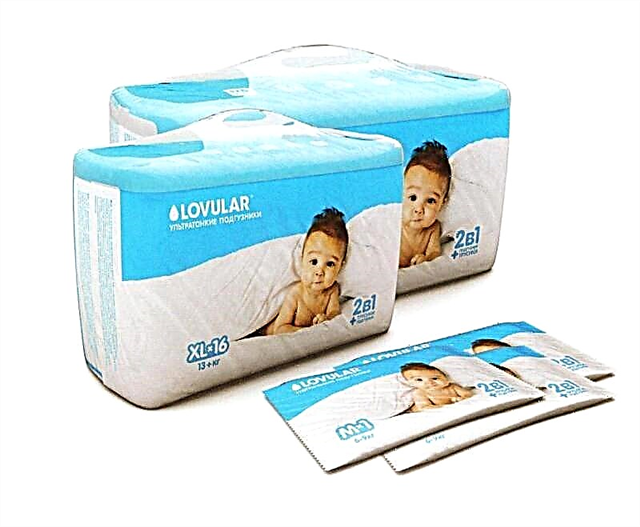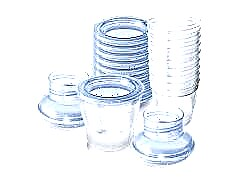
Mothers who pump regularly and want to freeze milk for future use tend to choose the most convenient container for this purpose. Why are special containers good for this and how to use them?
Pros
- The ability to use them many times makes them very convenient for mums who pump frequently and regularly stock up on breast milk.
- They have a sturdy lid that seals the container tightly (screwed on) and allows you to transport food without problems.
- Thanks to the ability to connect the containers directly to the breast pump, collecting milk in them is convenient and simple. They are also usually compatible with teats from the same manufacturer.
- They can be in the form of jars, bottles or cups.
- You can also freeze other baby foods in them.
- It is easy to record the date of milk expression on them.
- They are convenient to use outside the home, for example, when traveling.
- Milk in it is easy to defrost by placing the container in warm water or transferring it from the freezer to the refrigerator overnight.
- The presence of a measuring scale allows you to control the volume.
- They can be washed in dishwashers.
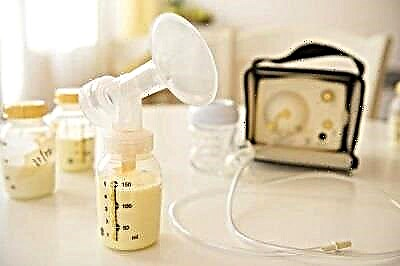
Minuses
- Requires sterilization before use.
- These containers take up more freezer space than disposable breast milk bags.
- The use of special containers requires certain financial costs.
- Glass models can break if handled roughly.
Choosing a material
Such containers are plastic and glass. Plastic containers are more suitable for mothers who are going to keep expressed milk in the refrigerator, as leukocytes and fat particles remain on the walls of glass containers. If the mother plans to feed the baby with frozen milk in the future, glass models are preferable, since this material is less porous and protects it better.
For those who express and freeze milk rarely, the material is not so important. Solid plastic containers will do a great job of storage both in a refrigerator and when freezing.
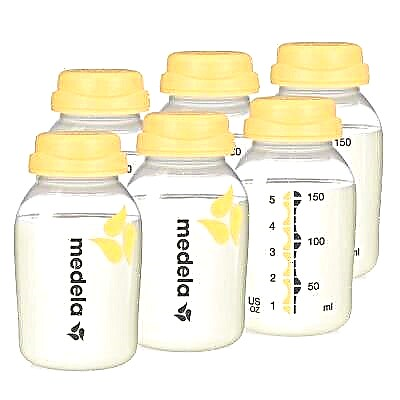
Storage periods
In order for the child to receive a useful product, it is important to monitor the terms of use. To do this, note the date of expression on each container. If milk will be used in the near future, it is better not to freeze it, but keep it in a refrigerator. Refrigerated storage is allowed up to 48 hours. In this case, the container must be placed deep into the refrigerator, and not on the appliance door.
If the container is stored in a separate freezer (in such devices the temperature is lower), it can be kept in it for up to six months. If you put it in the freezer compartment of a regular refrigerator, use the milk within three to four months. For more information, see the article on how long you can store expressed breast milk.
Tips
- Do not fill the container completely, as it will expand during freezing. It is recommended to leave a free space of 1-2 centimeters in the upper part of the container. It is also not recommended to tighten the lids too tightly until they are completely frozen.
- Hands should be washed before any manipulation.
It is not recommended to heat milk in the microwave as it does not heat up evenly. It is important to check the temperature of the milk before feeding your baby. Read another article on how to warm up breast milk.
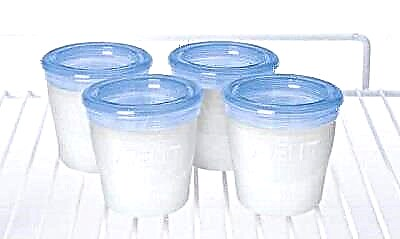
Instructions for use
Containers should be sterilized before use. A clean container is connected to a breast pump and filled with milk. Having closed the container with a lid, the date of the expression is indicated on it. Next, the container is placed inside the refrigerator or in the freezer.


